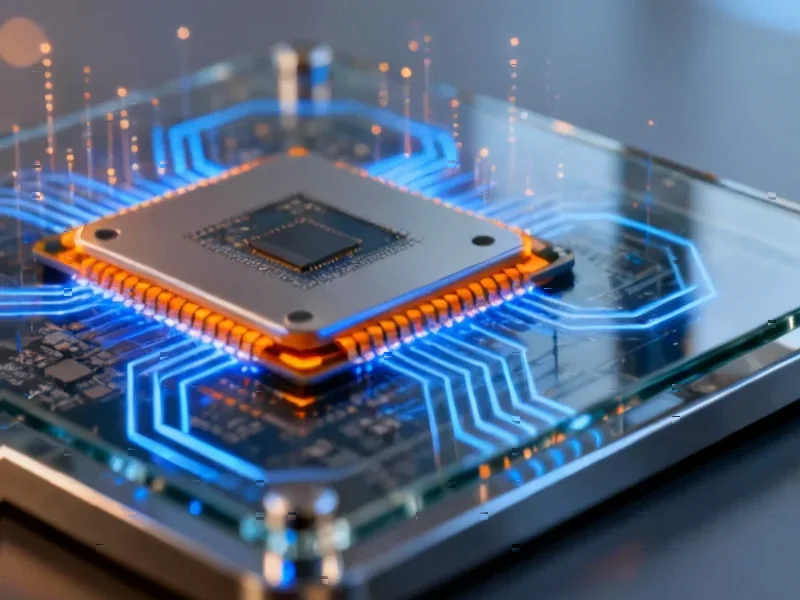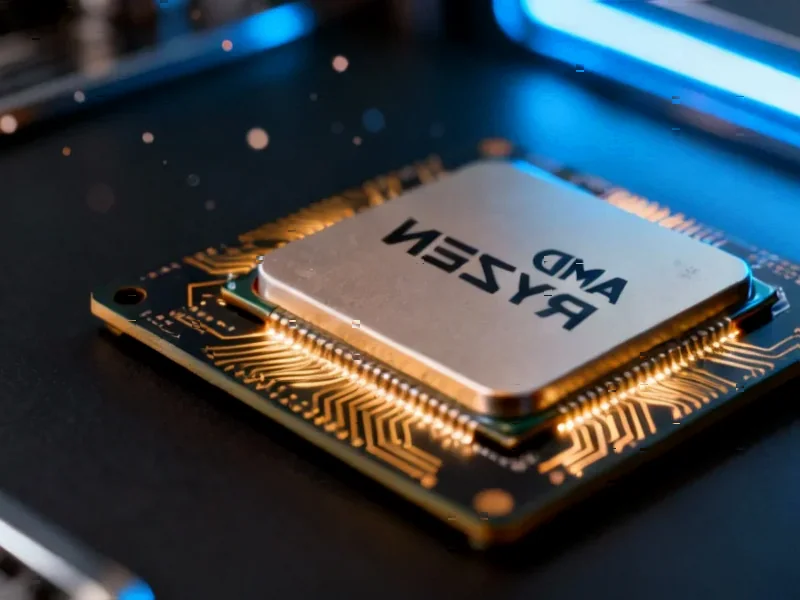According to HotHardware, Linux kernel developer Derek J. Clark has submitted patches to address power profile management issues in Lenovo Legion gaming devices. The changes replace a deny-list approach with an allow-list system for “Extreme” performance mode, ensuring only validated hardware can access maximum power settings. This resolves firmware bugs that caused mismatched performance modes and inconsistent behavior in Linux tools, bringing Linux power management closer to parity with Windows implementations. This development highlights ongoing challenges in gaming handheld optimization.
Table of Contents
Understanding the Power Management Challenge
The core issue here revolves around how firmware communicates with the operating system about hardware capabilities. Gaming handhelds like the Legion Go face unique thermal and power constraints that desktop systems don’t encounter. When firmware reports support for features that the hardware can’t reliably deliver, it creates a fundamental mismatch that affects user experience. The Linux kernel community has historically struggled with these types of hardware abstraction layer issues, particularly with gaming-focused hardware where manufacturers often prioritize Windows compatibility.
Critical Analysis of the Approach
While the allow-list solution appears practical, it raises questions about long-term sustainability. Every new Legion device will require individual validation, creating ongoing maintenance burden for the Linux development community. More fundamentally, this approach doesn’t address why Lenovo‘s firmware misreports capabilities in the first place. The patch treats symptoms rather than root causes, which could lead to similar issues emerging in other areas of hardware management. There’s also the question of whether this conservative approach will satisfy power users who specifically choose gaming handhelds for maximum performance tuning capabilities.
Industry Impact on Linux Gaming
This development represents a maturation of Linux support for gaming hardware, but also reveals how far the ecosystem still has to go. As companies like Lenovo, Valve, and ASUS push further into the handheld gaming market, consistent cross-platform performance becomes increasingly important. The fact that these power management issues went unresolved for multiple product generations suggests that Linux support remains a secondary consideration for hardware manufacturers. However, the proactive approach from kernel developers demonstrates the Linux community’s commitment to making the platform viable for mainstream gaming, which could influence future hardware design decisions.
Future Outlook and Predictions
Looking ahead, we’re likely to see more standardized approaches to power management across gaming handhelds. The current patchwork solution highlights the need for better hardware abstraction layers that can adapt to different thermal and power constraints without requiring manual validation for each device. As CPU and GPU manufacturers continue pushing performance boundaries in compact form factors, power management will become even more critical. I expect to see increased collaboration between hardware manufacturers and open source communities to develop more robust solutions that work reliably across different operating systems and device configurations.



